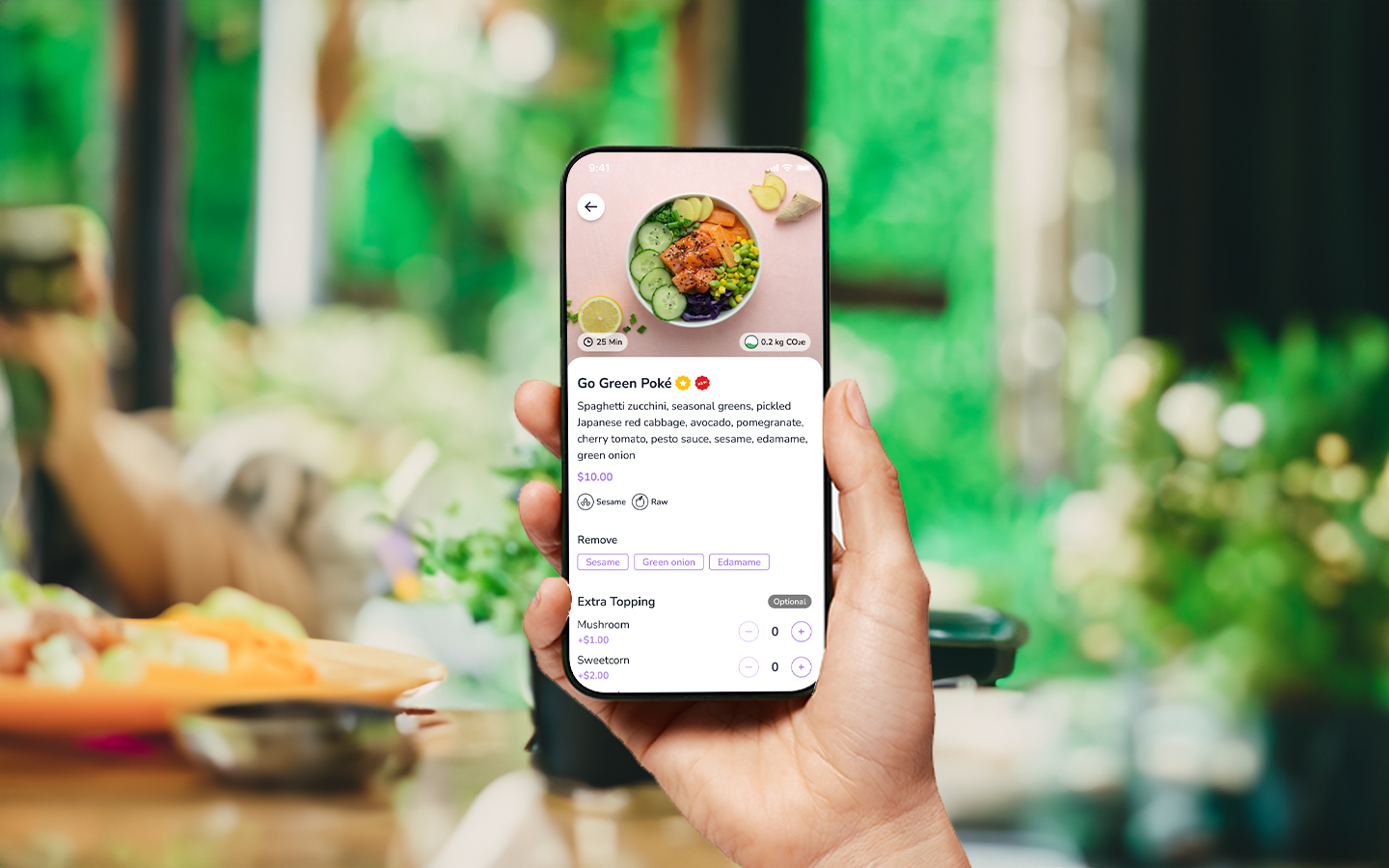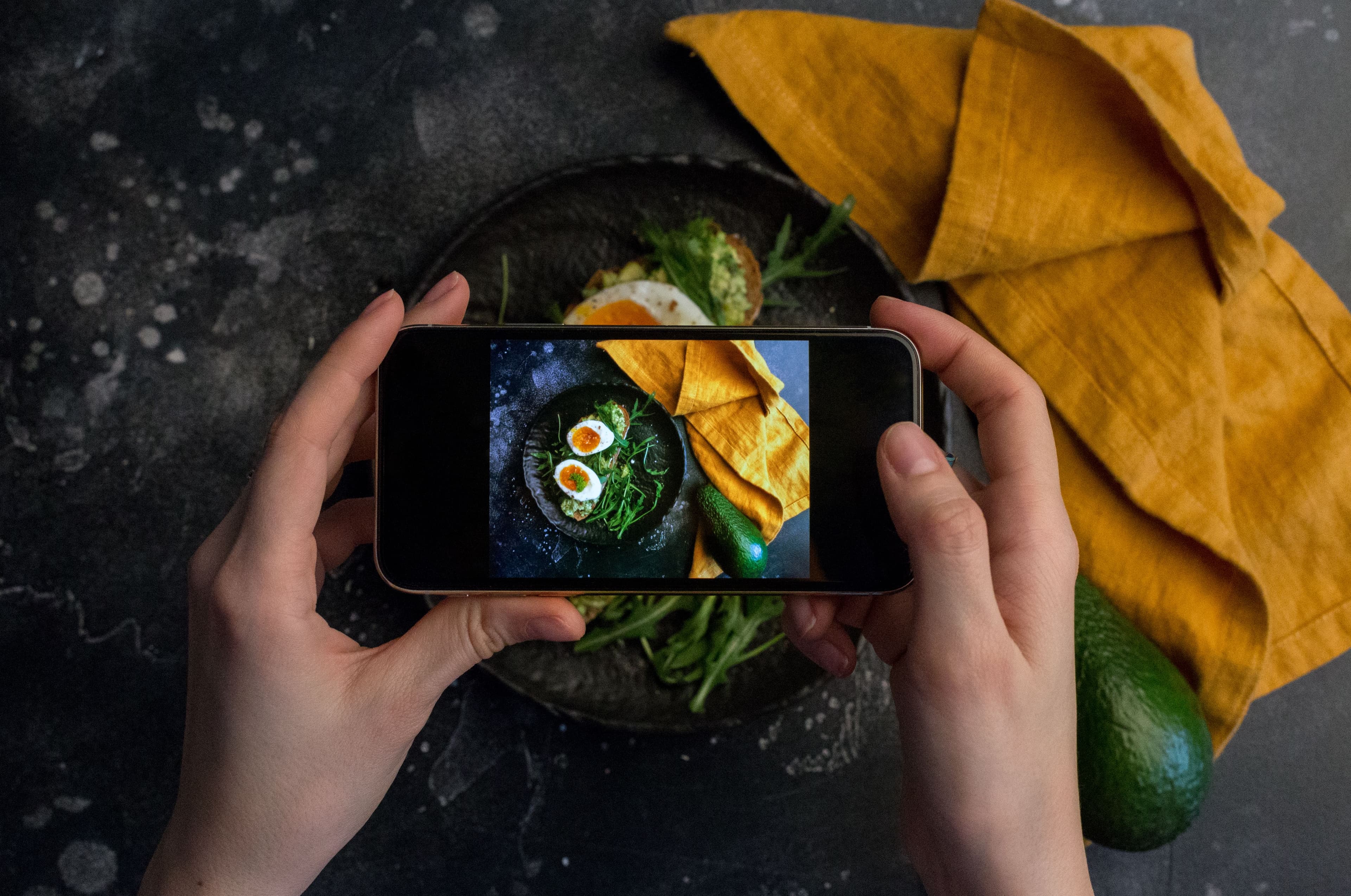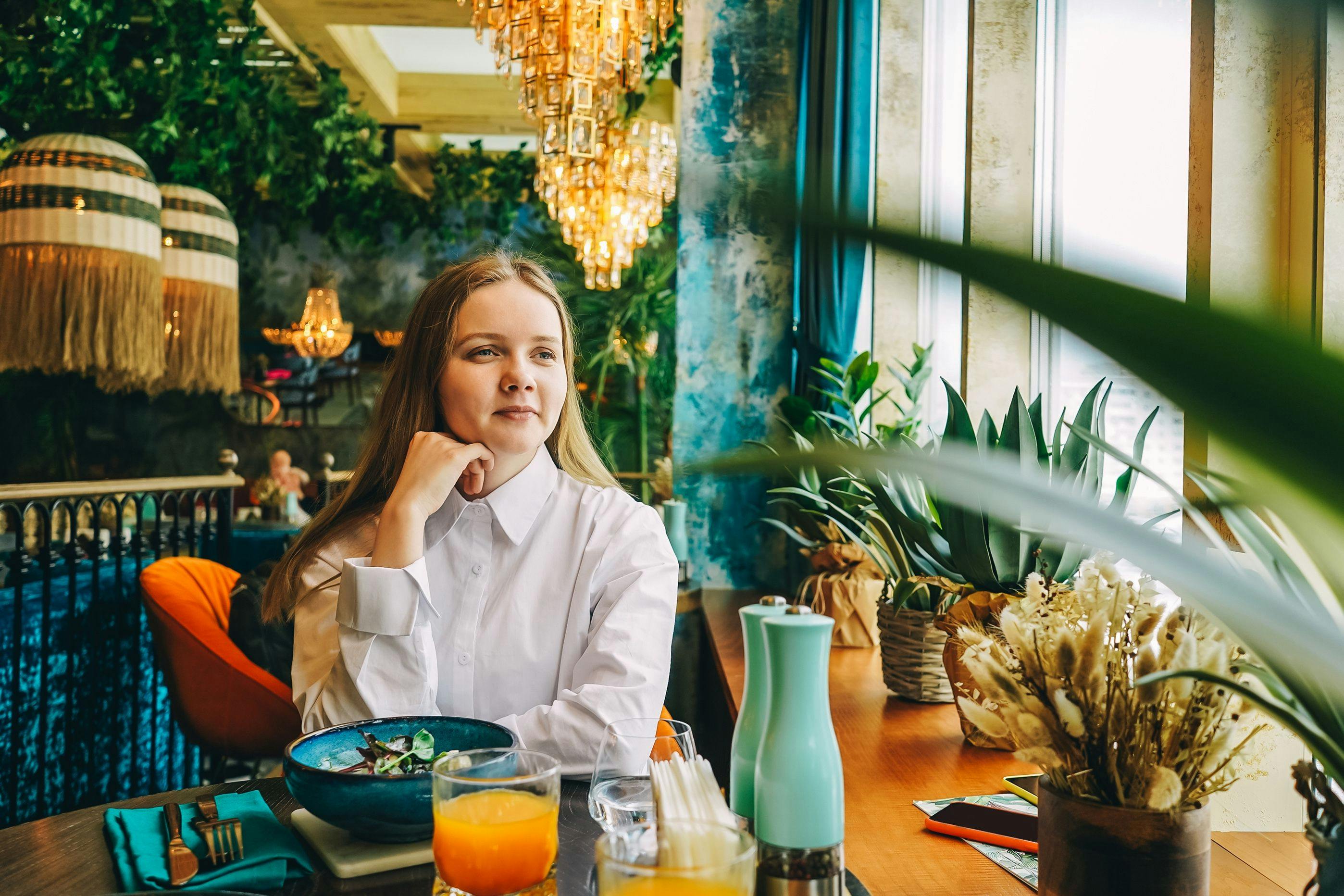None deny that the use of no-touch digital menus on personal mobile devices has increased dramatically with social distancing. To be honest, some of us embraced them to a certain extent that having a printed restaurant menu can feel weird or not sage. Restaurant owners have anticipated a clean, easy-to-read digital restaurant menu design, QR menu design, in their dining offerings. They are smart, cost-effective and just what your target audience needs. If it is used correctly, it will almost certainly raise the order value.
However, there is nothing more frustrating than straining to see that some food does not have a photo, that a QR code is not functioning, the redirected URL is not responding in a digital menu. Or you tried hard to zoom in and out to examine different parts of the menu to see what you wanted, but navigation was so badly designed.
Why Every Digital Menu is Not the Same—Restaurant Menu Design Ideas
Not all menu layouts or menu creators themselves are effective for mobile viewing, as several examples show. Even menu design ideas that appear fantastic in the paper might look distorted when submitted to a digital menu platform.
Furthermore, holding a printed menu is a more novel experience than reading the same material on a small digital screen. So, we should approach digital menu design from a holistic perspective.
Whether you want to update your existing print menus into digital menu-compatible ones or create a whole new digital menu, following these digital menu design ideas and best practices can help.
Divide the Information into Various Menu Categories
Separate content into separate menu categories, such as appetizers, entrees, and drinks, to make it easier for customers to discover what they're looking for when they arrive. Usually, the digital menu templates offer built-in navigation, which allows users to skip between categories with a single tap on their phone's touchscreen.
It's tough to go through many pages of the entire food and drink menu with various categories while using a mobile device to scroll through multiple pages. The creation of discrete tabs for different menu design categories reduces the amount of scrolling, panning, and zooming necessary, resulting in a more enjoyable digital menu experience.
Don’t Use Large Size Files In Your Menu Design
According to the survey results, user preferences vary widely for their smartphone models, network service providers, and data plans. One of the few disadvantages of digital menus is that they must be loaded and seen over a network connection. Users with newer devices and powerful signals may have no problem loading a huge file. But it may force others to wait longer for the file to load. It is advisable to keep your digital menu file sizes small. It is better for your customer's viewing experience if the file is optimized.
Here are a few straightforward methods for shrinking your file size:
Not only does the split content method assist your consumers with navigation, but it also makes a significant difference in the time it takes for files to download. In almost all cases, loading a part of the content is going to be faster than loading the entire menu at once.
Images hold far more data than text in digital menu files, resulting in bigger file sizes and longer loading times. You should crop images into short horizontal proportions wherever possible. Also, this method will lessen the amount of scrolling.
Too Many Menu Options is Not Always the Best Case
According to the findings of a study, there is a fine line between having too few and too many menu options. Diners are already feeling overwhelmed by the prospect of deciding where to dine. Avoid making customers browse through hundreds of possibilities once they have made up their minds on choosing your restaurant menu.
Having an excessively large restaurant menu can also be detrimental to sales. When visitors wait longer to make their orders, the table turn time slows down. This will cause fewer guests to be served in a shift.
Don't Rely on Stock Photographs; They Are Not as Attractive as You Think!
One of the most common blunders in restaurant menu design is the use of severely filtered or stock photographs. If your visuals are of a generic burger or coffee cup, clients cannot connect with what you truly offer them. Additionally, they want to know what the side dishes will be, how the salad will appear, and the real serving size.
Consider taking photographs of your own if you want pictures for your restaurant menu design and digital menu to get the finest possible images of your food and beverages. Take photos of your food in natural light to avoid using a flash when you are cooking.
Deciding on the Fonts for Your Digital Menu
When selecting typefaces, it is essential to adhere to your brand requirements to maintain consistency with the overall appearance and feel. The size of the font and the clarity with which the headlines stand out against the rest of the text will be important factors. How distant will the screen be from the furthest point of your audience's seating arrangement?
Make use of sans-serif fonts in enormous sizes so that your audience can understand at a glance your message.
If you already have color in your design, avoid using several typefaces or fonts in bright, gaudy hues unless you really must. This will guarantee that prices can be read and the customer can comprehend menu items.
Increase the White Space in Your Restaurant Menu Design
When you have many food items, it might be tough to design a restaurant menu without taking up all the space. However, this may cause your design to appear packed and messy. As a result, make sure to spare them a bit. Customers will find it a lot simpler to comprehend your offerings if you provide negative space around each list of menu items.
Design Your Digital Menu with FineDine
FineDine digital menu makes building attractive and functional digital menu boards for your items simple. The menu design is quick and straightforward to use and jam-packed with restaurant menu design ideas. Enter your items and any additional information (such as price), and leave it to the software to bring out the best ideas! With FineDine, you can create a digital menu that looks great and streamlines all of your restaurant operations in one place. See how you can meet your restaurant with the digital revolution on our website. You can also check out our blog post about stunning menu layouts to learn more about the best practices of intricate menu design.


